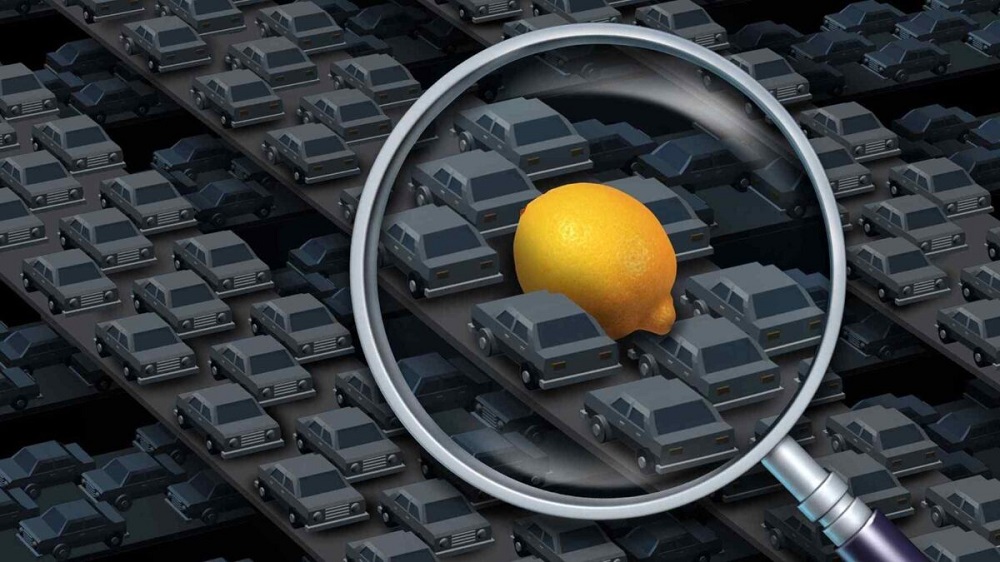HISTORY
The Vedic era, together with the rule of the Muslim and Hindu empires, is where the history of the formulation of contemporary criminal laws originated. Still, the British era was when it began to take shape. English laws and customs form the foundation of the contemporary criminal justice system.
Also check the best list of criminal lawyers in bangalore
SOURCES
The criminal justice system, together with the corresponding criminal statutes, is founded upon the penal legal framework established in India by the British. Section 124A of the Indian Penal Code (IPC), 1860, which addresses sedition and specifies a punishment for it, is the most prominent illustration of such an antiquated legal system.
Additionally, in 2000, the Indian government made yet another attempt to suggest changes to the long-standing criminal justice system. A committee was established and named the Malimath Committee; Justice V.S. Malimath, the former Chief Justice of Kerala and Karnataka, chaired the group.
COMPONENTS OF CRIME
Acts do not constitute guilt unless they are performed with a guilty mind, according to the Indian legal adage “actus non facit reum, nisi men sit rea.” Importantly, it should be mentioned that this adage is regarded as the cornerstone of all criminal law. This maxim also identifies the two most important aspects of a crime, which are: both mens rea and actus reus.
PUNISHMENT
A deed or omission must have legal repercussions. Such a penalty may range from the death penalty to incarceration and/or fines. Furthermore, it is imperative that the offender not get two different punishments for the same offense, or be exposed to double vexes.
TYPES OF PUNISHMENT
As one of the key figures in the development of the criminal justice system, Jeremy Bentham, said, “punishment itself was an evil, but a necessary evil.” Let’s examine some examples of necessary evil penalties.
It should be noted that Section 53 of the IPC lists five different categories of penalties, each of which is covered in more detail below. These categories are as follows:
- Termination
- Lifelong confinement;
- Two types of incarceration exist: harsh imprisonment, which involves hard labor, and simple imprisonment; also, there are fines for forfeiting property.
HIERARCHY OF CRIMINAL COURTS IN INDIA
Those who are dissatisfied with the lower courts’ administration of justice may also file an appeal with the higher courts. The following is the Indian criminal court hierarchy:
- The Supreme Court of India
- The High Court respective to each state
- The Subordinate or Lower Courts (which includes Metropolitan Courts, Sessions Court, Chief Metropolitan Magistrate, First Class Metropolitan Magistrate, District Courts, Sessions Court, First Class Judicial Magistrate, Second Class Judicial Magistrate, and Executive Magistrate).
STAGES OF CRIME AS DISCUSSED UNDER CRIMINAL LAW
Every crime has a planned course of action or phases that it goes through. Every crime involves two stages: the first is the intention to do the crime, and the second is the preparation to conduct the crime. The fourth and final step, achievement, comes after the third, which is an endeavor to do wrong.




